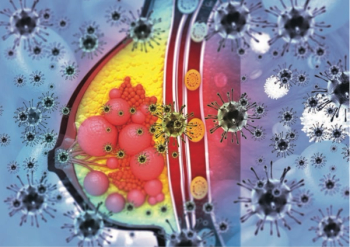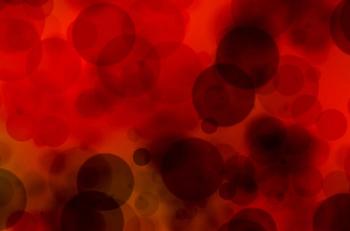
Oncology NEWS International
- Oncology NEWS International Vol 5 No 1
- Volume 5
- Issue 1
ACRO Forecasts Radiologist Surplus
OAK BROOK, Ill--Young physicians seeking careers in radiation on-cology may have severely limited employment opportunities in the foreseeable future, according to the American College of Radiation Oncology (ACRO). The College forecasts that up to 1,000 radiation oncologists will be either underemployed or unemployed shortly after the year 2000.
OAK BROOK, Ill--Young physicians seeking careers in radiationon-cology may have severely limited employment opportunities inthe foreseeable future, according to the American College of RadiationOncology (ACRO). The College forecasts that up to 1,000 radiationoncologists will be either underemployed or unemployed shortlyafter the year 2000.
The College's Personnel Needs Assessment Committee found thatapproximately 800 new radiation oncologists will enter the jobmarket in the next 5 years while fewer than 200 existing radiationoncologists will leave the workforce during the same period.
Quality of Training Affected
The Committee anticipates that the annual average caseload isexpected to remain between 210 and 216 patients through the year2004. A surplus of radiation oncologists may decrease patientcaseload at large medical centers and limit the number of patientsavailable for resident training, thereby adversely affecting thequality of training available to radiation oncology residents.
"The word needs to get out," said ACRO president WilliamD. Bloomer. "Unlike medical subspecialists who can fall backon general internal medicine if their specialty practice falters,radiation oncologists have no fall-back position without majorre-training."
Articles in this issue
almost 30 years ago
HCFA Reevaluations May Affect Chemo Administration Cost Codesalmost 30 years ago
Breast Cancer Info Now on Internetalmost 30 years ago
HDC/ABMT Has Benefits in Multiple Myelomaalmost 30 years ago
Clinical Trial to Study MoAb 17-1A as An Adjuvant to Colon Cancer Therapyalmost 30 years ago
Reporting of Study Comparing Casodex, Eulexin Is Questionedalmost 30 years ago
Limits on Tamoxifen Duration Questionedalmost 30 years ago
Potency Status Before RT, Not Dose, Determines Post-RT Functionalmost 30 years ago
Dr. Klausner Outlines Goals for NCIalmost 30 years ago
Difficulties in Translating Relative Risks Into Absolute Riskalmost 30 years ago
Managed Care: To Live and Die in LANewsletter
Stay up to date on recent advances in the multidisciplinary approach to cancer.

















































































